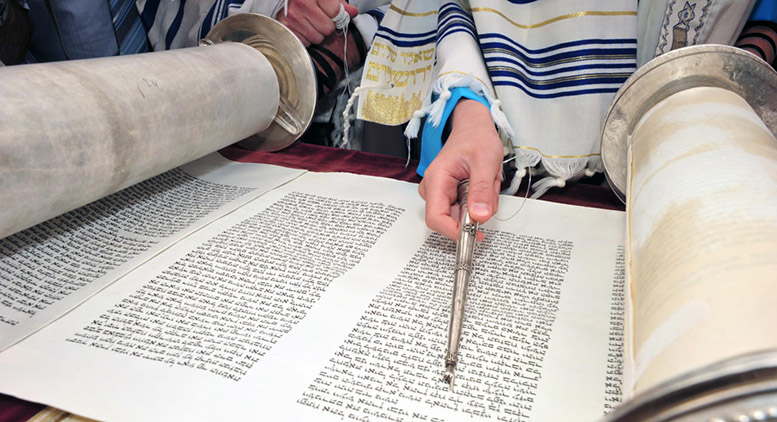by Rabbi Steven Schwarzman

Rabbi Steven Schwarzman
(AJNews) – This week’s Torah reading begins with a list of relatives for whom the kohanim must mourn. We use this same list today in determining for whom all Jews mourn: parents, siblings, spouses, and children. These are our closest relatives, and so it is natural that we mourn them when they die. But it may be surprising to read that the kohanim would have apparently liked to mourn others, too.
While these are the only relatives for whom we become direct mourners, it is also a loss when we are close to someone else who dies, like an in-law or a friend or a grandparent. And it is appropriate to recognize these losses even though we do not officially become mourners in the halakhic sense. One way to do this is by taking part in shiva even though we may not be the official mourners. This is quite natural, because the essence of shiva is really the sharing of memories of the loved one, and grandchildren, in-laws, and friends can make a huge contribution this way. It is also appropriate to continue to mark yahrzeits for grandparents after the death of one’s parents.
While the Torah places limits on mourning, in our day, we sometimes face the opposite challenge: the society in which we live does not like mourning. We are supposed to hold back the tears and somehow just carry on, because That’s How He or She Would Have Wanted It. Judaism disagrees: while we are of course grateful for the lives of those whom we have lost, it is no respect to them, or to our own emotional needs, if we hold back from actually mourning them when they die and replace mourning with a “celebration of life.”
The first seven days of mourning (shiva in Hebrew means “seven”) are the most intense. We stay home, we cover the mirrors, we spend a week thinking about and talking about our loved one with friends and family. We wear the torn garment during shiva, except on Shabbat, to show how torn we are inside.
And then we get up from shiva and go back to the outside world. We’re still hurting inside. But we begin the process of understanding our loss as we resume our normal activities. Even so, for a year we refrain from entertainment and wearing new clothes. Mourning continues.
After eleven months, we stop saying kaddish. We feel a new loss, because the saying of kaddish has become a sort of friend to lean on, and it feels strange to be silent when we have been praising God’s name for almost a year. Then, on that first yahrzeit, we stand again to say kaddish in what feels like a summation of the year of mourning. And while we will continue saying kaddish on yahrzeits and at Yizkor services every year, our mourning period is over. Life must resume.
Mourning takes time, and that’s why we spend a week in shiva, and a year in mourning for these close relatives. (Traditionally, the year of mourning is for parents, while the period for other relatives is thirty days; however, many people today continue for the full year.)
Our tradition wisely teaches us what to do as mourners, and whom to mourn, because loss is a part of life, and it does no good to deny it. Perhaps there is no such thing as closure, but moving gradually through the mourning process, giving ourselves time to process our loss and our grief, can bring us to deeper insight into our own lives and an ability to deal with our loss. Like the kohanim, we can resume our normal activities once we have taken the time to mourn. And with the lessons we learn about life during the mourning process, we can focus our energies on the people and things that really count in our lives.
Rabbi Steven Schwarzman is the spiritual leader of Beth Shalom Congregation in Edmonton.




Be the first to comment on "Dvar of the week by Rabbi Steven Schwarzman: Who do we mourn?"